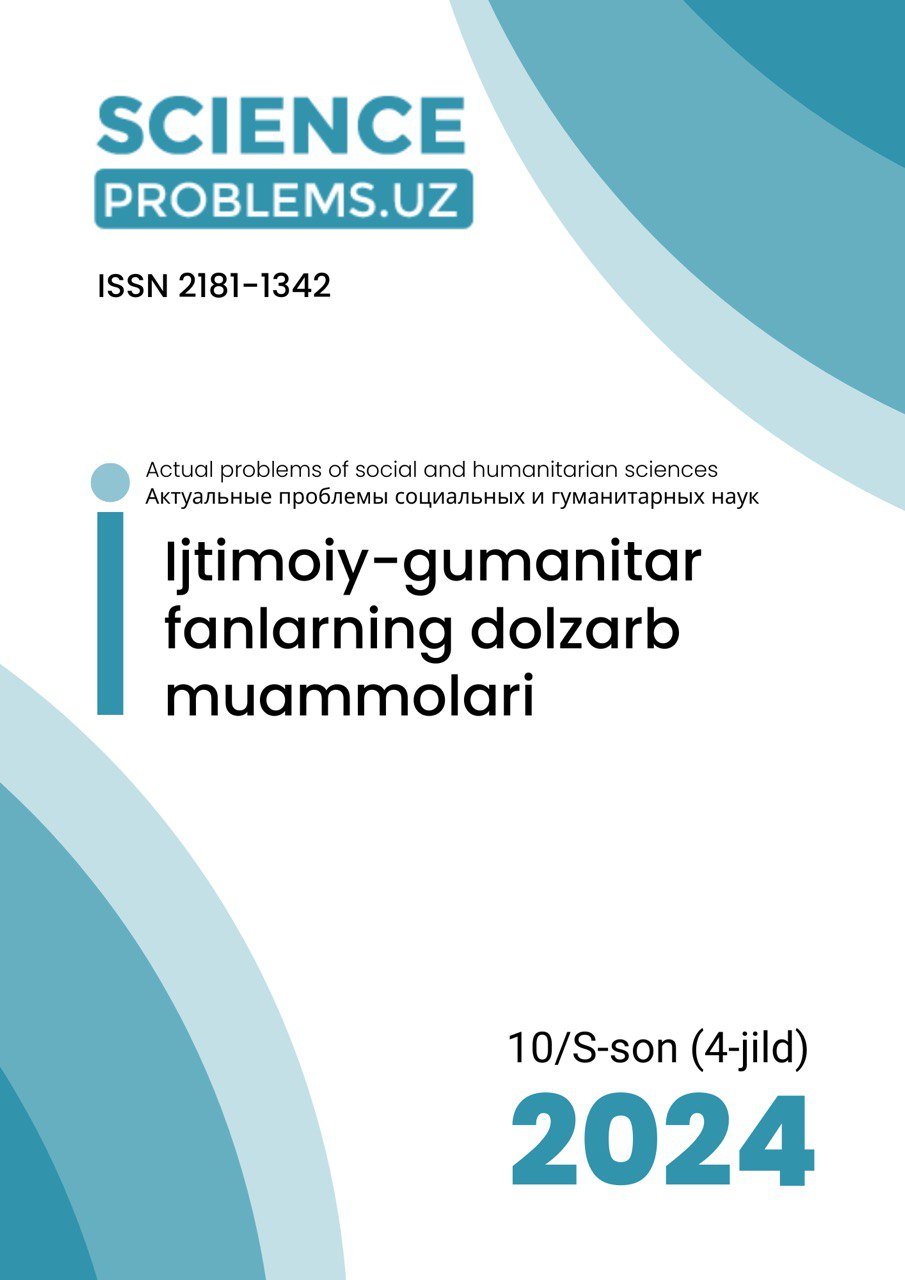MEDIA DISKURS EVOLUTSIYASI: RAQAMLI MAKONDA AN’ANAVIY SHAKLLARDAN MULTIMODAL NAMUNALARGACHA
Kalit so'zlar
https://doi.org/10.47390/SPR1342V4SI10Y2024N22Kalit so'zlar
Media nutqi, an'anaviy media, raqamli media, multimodallik, kuch dinamikasi, tanqidiy nutq tahlili, multimodal tahlil, raqamli aloqa.Annotasiya
An'anaviy mediadan raqamli mediaga o'tish nutqni yaratish, iste'mol qilish va tahlil qilish usullarini o'zgartirdi. Ushbu maqola an'anaviy va yangi media muhitida kuch, vakillik va ishtirok etish linzalari orqali media nutqini ko'rib chiqadi. Topilmalar shuni ko'rsatadiki, aloqa usullari rivojlangan bo'lsa-da, kuch dinamikasi va vakillik muammolari saqlanib qolmoqda.
Manbalar
1. Boyd, D. (2014). It is Complicated: The Social Lives of Networked Teens. Yale University Press.
2. Castells, M. (2009). Communication Power. Oxford University Press.
3. Fairclough, N. (1995). Media Discourse. Edward Arnold.
4. Kress, G., & van Leeuwen, T. (2006). Reading Images: The Grammar of Visual Design (2nd ed.). Routledge.
5. McLuhan, M. (1964). Understanding Media: The Extensions of Man. McGraw-Hill.
6. Mammadov, A., & Lewandowska-Tomaszczyk, B. (2020). Analysing Media Discourse: Traditional and New. Cambridge Scholars Publishing.
7. O'Keeffe, A. (2006). Investigating Media Discourse. Routledge.
8. Scollon, R., & Scollon, S. W. (2003). Discourses in Place: Language in the Material World. Routledge.
9. Tannen, D., & Trester, A. M. (Eds.). (2013). Discourse 2.0: Language and new media. Georgetown University Press.
10. Talbot, M. (2007). Media Discourse: Representation and Interaction. Edinburgh University Press.
11. Van Dijk, T. A. (1998). Ideology: A Multidisciplinary Approach. Sage Publications.








